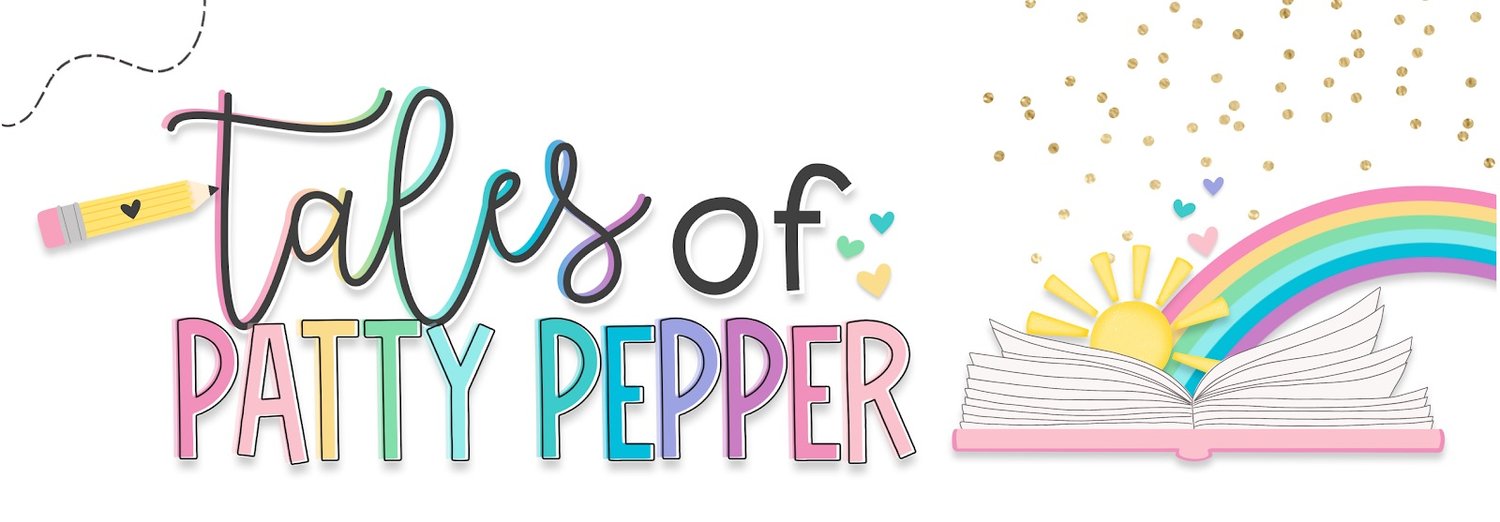Navigating the Challenges of Being a New Teacher: Tips, Strategies, and Resources
Starting a new teaching career can feel like a whirlwind of emotions—excitement, anxiety, overwhelm, and everything in between. As a new teacher, you’re stepping into a role that requires not just knowledge of content, but also mastery of classroom management, lesson planning, and creating an engaging learning environment. If you’re feeling a bit lost or frustrated, know that you’re not alone—every teacher has been there, including myself.
The Struggle is Real: Understanding the Common Challenges
As a new teacher, some of the most common challenges you might face include:
Classroom Management: Establishing rules and procedures that maintain order and create a positive learning environment can be daunting. Without clear guidelines, students might struggle with expectations, leading to a chaotic atmosphere that hinders learning.
Engagement Strategies: Keeping students engaged throughout the day is no small feat. You might find yourself wondering how to maintain their attention and enthusiasm, especially when you’re trying to juggle multiple activities or manage small-group instruction.
Effective Lesson Planning: Developing lesson plans that are both comprehensive and flexible enough to adapt to your students’ needs can be a major hurdle. You want to ensure that every student is meeting their learning goals without feeling overwhelmed by the curriculum.
These are all legitimate struggles, but the good news is that with the right strategies and resources, you can overcome them and create a thriving classroom environment.
Practical Strategies for Success
Here are some actionable strategies that can help you tackle these challenges head-on:
Establish Clear Rules and Procedures
Start the school year by setting clear expectations. Develop a simple set of classroom rules that are easy for students to remember. Use visual aids like posters or charts to reinforce these rules. Having a predictable routine helps students know what to expect, reducing anxiety and improving behavior.Use Engaging and Interactive Activities
Incorporate hands-on, interactive activities to keep students engaged. For example, setting up learning stations around the room can give students a variety of tasks to complete while allowing you to work with small groups. These stations could include reading corners, math games, art projects, or science experiments—anything that aligns with your curriculum goals while keeping students active and involved.Leverage Digital Tools for Organization
Utilize digital tools to keep track of lesson plans, student progress, and classroom activities. I’ve created a Google Drive Organization Course specifically designed to help teachers keep their digital resources organized and easily accessible. This course walks you through setting up your Google Drive to streamline planning and communication, making your daily tasks more manageable.Incorporate Visual and Tactile Learning Aids
Young learners, in particular, benefit from visual and tactile learning aids. Consider using materials like letter and number cards, shape recognition mats, or color sorting activities. These can be used both as part of structured lessons and as independent activities for students to work on while you’re managing small groups.Build a Community of Learners
Foster a sense of community in your classroom by involving students in creating classroom rules and decorating the space. Use resources like the Your Name Is a Song Book Companion to teach students about diversity and the importance of every individual's identity. This not only makes your classroom more inclusive but also encourages students to respect each other and work together harmoniously.
Resources to Help You Thrive
To make your first year a little less overwhelming, I’ve developed several resources specifically designed for new teachers:
The Rookie Teacher’s Survival Guide: This comprehensive guide offers practical strategies, tips, and resources to help you navigate your first year with confidence. From classroom management techniques to lesson planning templates, this guide covers all the bases to set you up for success.
Back to School Meet the Teacher Open House Kit: A ready-to-use kit that includes everything you need to create a welcoming and organized first meeting with parents and students. The kit features sign-in sheets, station cards, and student welcome notes to ensure your Open House runs smoothly.
Classroom Management Visual Posters: These printable posters can help establish and reinforce classroom rules, helping you maintain a positive and structured learning environment from day one.
Engaging Activities Pack: This pack includes a variety of ready-to-use activities designed to keep students engaged while you work with small groups or one-on-one. Activities focus on foundational skills like letter and number recognition, shape sorting, and early reading skills.
Remember, You’re Not Alone!
Every teacher has faced their own version of “new teacher jitters,” and it’s completely normal to feel overwhelmed. The key is to have a plan and the right resources to support you. Use these tips and resources to navigate the challenges, and remember—each day is a step toward becoming the incredible educator you’re meant to be.
If you’re looking for more support or personalized advice, don’t hesitate to reach out! I’m here to help you thrive in this exciting new chapter of your teaching journey.
XOXO,
Patty
⭐Links:





